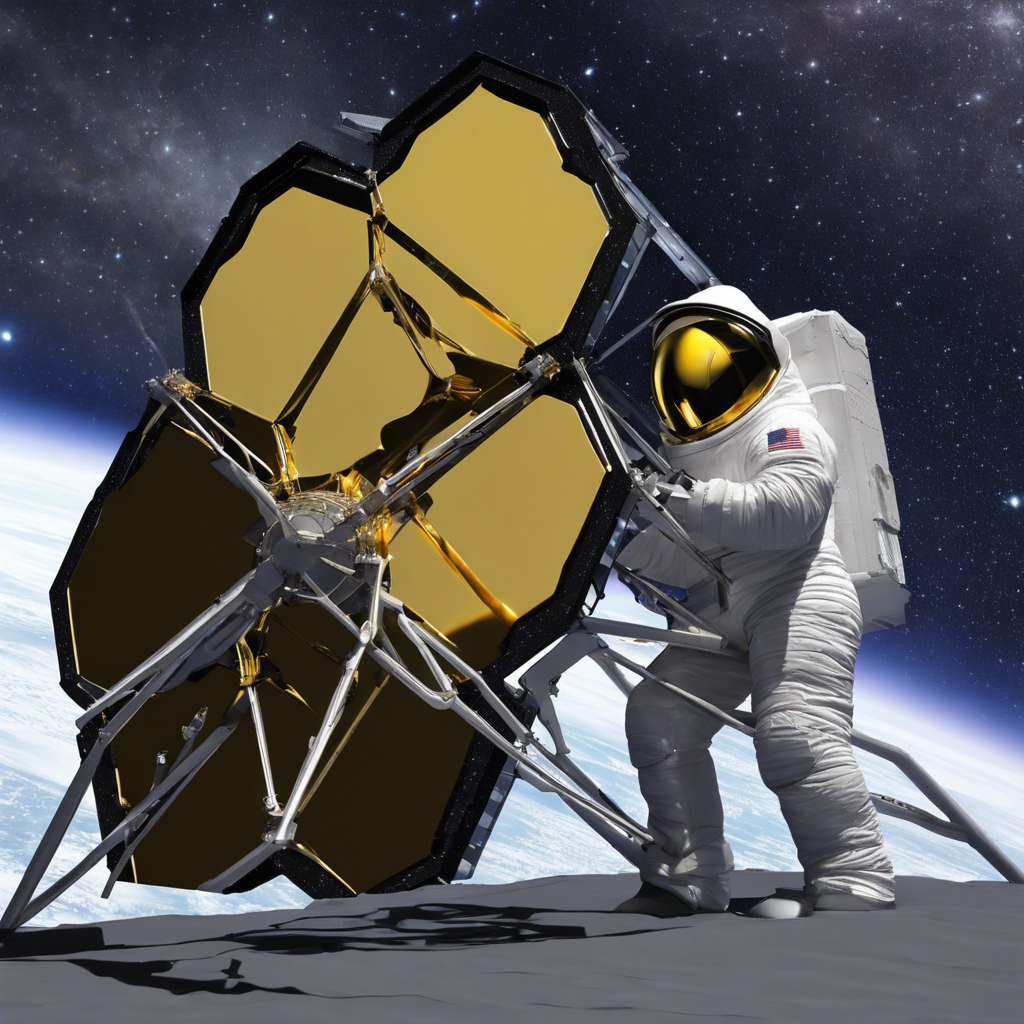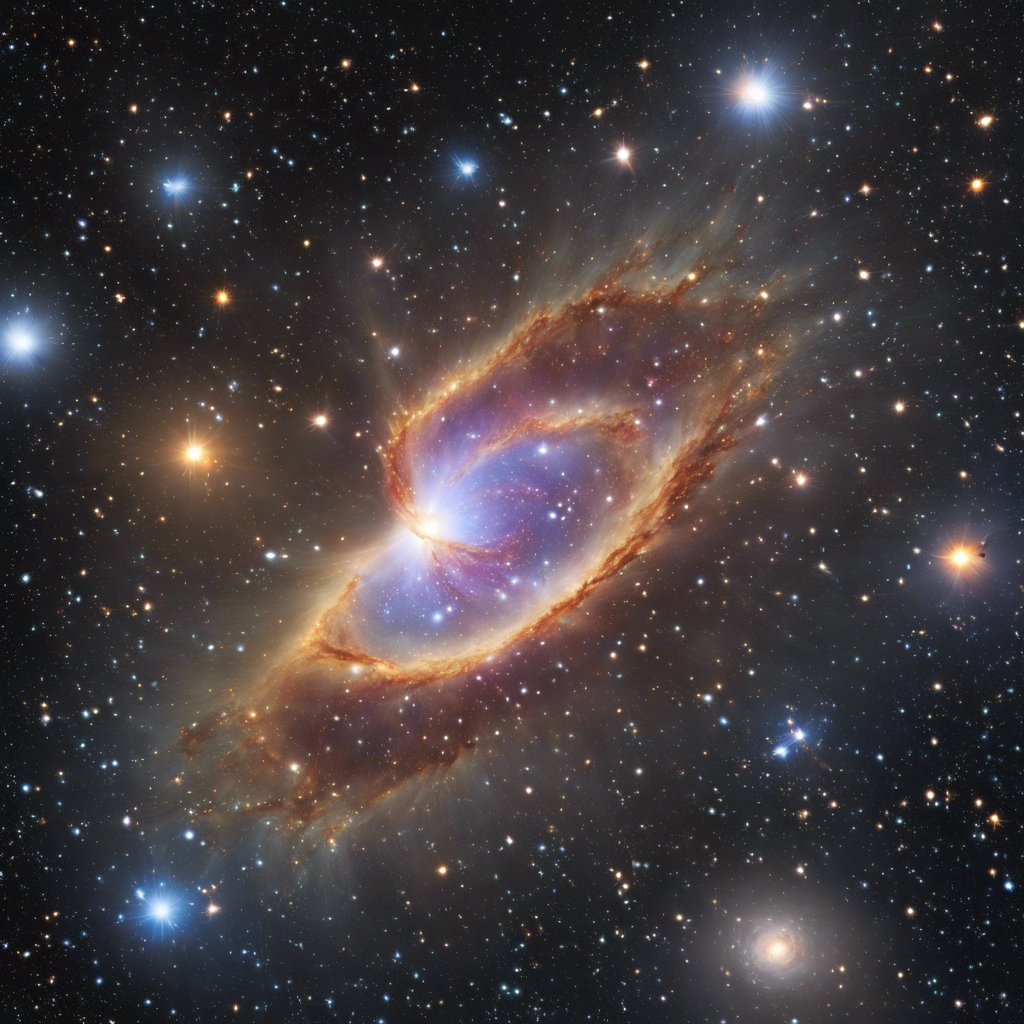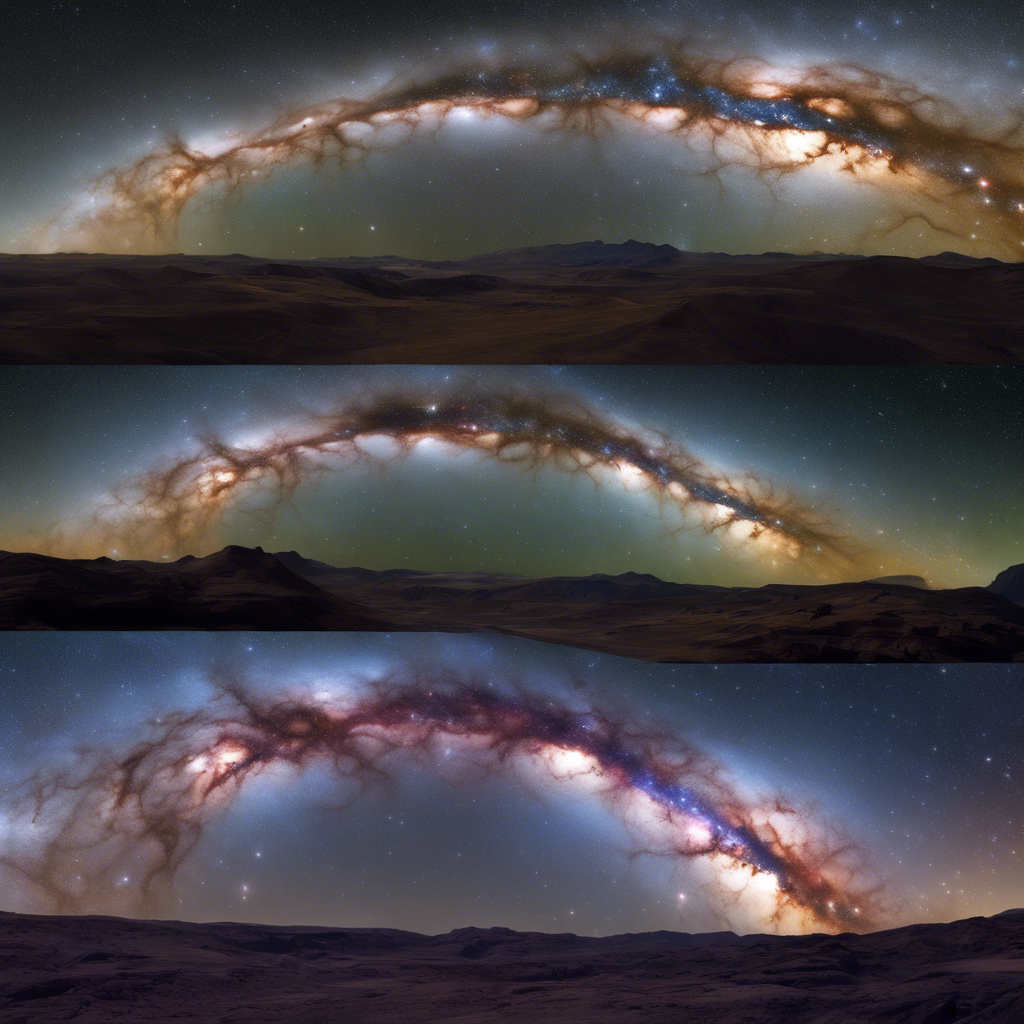After its first full year of science operations, astronomers have much to ponder
The James Webb Space Telescope (JWST), launched by NASA two years ago, has completed its first full calendar year of scientific operations. As the most powerful space telescope ever built, the JWST has provided astronomers with groundbreaking insights into the universe. From revealing distant galaxies and stars to studying the formation of black holes, the telescope’s observations have exceeded expectations. Astronomers are now reflecting on the wealth of data collected and the new questions that have emerged.
Unveiling the diversity of gas giant planets
One of the key areas of study for astronomers using the JWST is the exploration of exoplanets, planets that orbit stars outside our solar system. Jacob Bean, an astronomer at the University of Chicago, highlights the remarkable insights gained from studying these distant worlds. Each data set collected by the telescope has provided unprecedented insights into the diversity of gas giant planets. Even planets of similar size can have vastly different atmospheres, suggesting that nature has various recipes for their formation. This newfound diversity challenges previous assumptions and opens up new avenues for understanding planetary systems.
The search for life in the TRAPPIST-1 system
One of the most anticipated observations for the JWST was the study of the TRAPPIST-1 system, which consists of seven rocky planets. Scientists hoped to find evidence of a potentially habitable planet capable of supporting life. However, initial observations of the two innermost planets revealed that they lacked atmospheres, potentially due to the star’s intense activity. Garth Illingworth, a researcher at the University of California, Santa Cruz, explains that the star’s eruptions and flares may have stripped away any gases, leaving the planets barren. While this was disappointing, astronomers remain hopeful that other planets in the system may still hold clues to the existence of life.
Illuminating the early universe with bright galaxies
When the JWST first began its observations, it detected unexpectedly bright galaxies in the early universe. Over the past year, scientists have been able to delve deeper into these galaxies, uncovering their origins and composition. Garth Illingworth highlights that many of these galaxies exhibit a significant contribution from black holes, which explains their brightness. In fact, the JWST discovered the most distant confirmed black hole ever observed, one that existed when the universe was only 500 million years old. This massive black hole challenges previous theories on their formation, suggesting that they can arise from collapsing gas clouds rather than solely from dying stars.
The future of JWST observations
As the JWST completes its first year of scientific operations, the organization responsible for managing the telescope has received an overwhelming number of proposals for future observations. Nearly 2,000 proposals were submitted, a record for any space telescope. While only a fraction of these proposals will be selected, the sheer volume reflects the excitement and anticipation surrounding the JWST’s capabilities. Astronomers eagerly await the next round of observations, which are set to begin in the summer.
Conclusion:
The James Webb Space Telescope has delivered groundbreaking discoveries in its first full year of scientific operations. From unveiling the diversity of gas giant planets to shedding light on the early universe through bright galaxies and black holes, the telescope has exceeded expectations. While some observations have raised new questions, astronomers remain enthusiastic about the wealth of data collected and the future possibilities for exploration. As the JWST continues to unlock the mysteries of the universe, the scientific community eagerly awaits the next chapter in its extraordinary journey.











